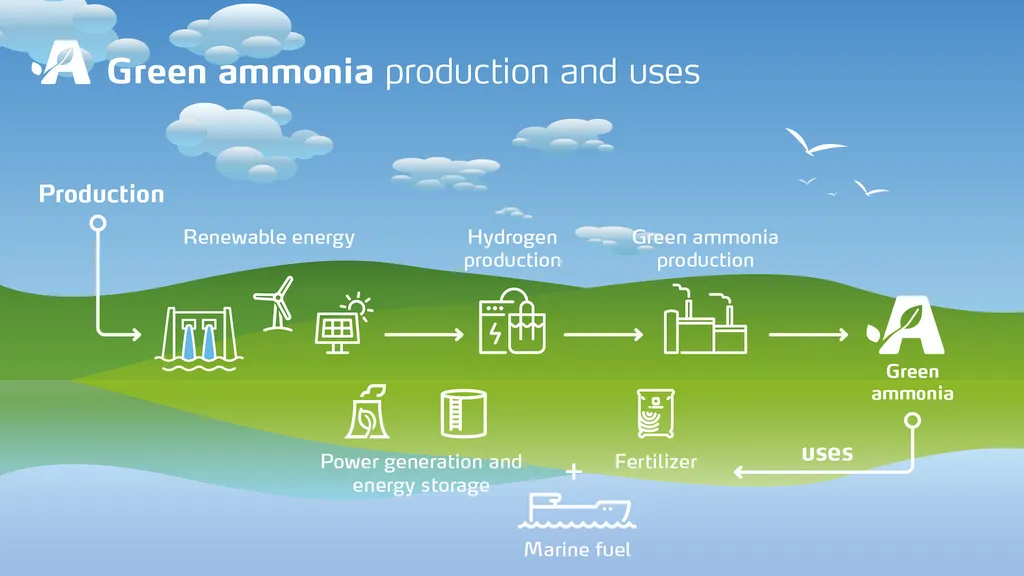In the pursuit of a net-zero future, the energy sector is constantly seeking innovative solutions to ensure reliable and sustainable power generation. A recent study published in the journal *Energies* offers a compelling exploration of backup solutions for green ammonia hubs, focusing on hydrogen-powered generation. The research, led by Markus Strömich-Jenewein of the INNIO Group in Austria, delves into the techno-economic viability of integrating hydrogen-fueled internal combustion engines as a stationary backup solution.
The study highlights the limitations of battery energy storage systems (BESSs) for long-term backup, emphasizing that while they are fast and reliable for short-term energy buffering, they lack flexibility and can be costly for extended durations. “Renewable-based energy supply requires additional capacity to bridge longer periods of undersupply,” Strömich-Jenewein explains. “Our results indicate that, for cost reasons, battery–electric solutions alone are not economically feasible for long-term backup.”
The research proposes a hybrid solution combining both battery and hydrogen storage. In this system, batteries address daily fluctuations, while hydrogen engines handle seasonal surpluses. Despite the lower overall efficiency of gas engines, they offer favorable investment and operating costs in backup applications with low annual operating hours. This finding could significantly impact the energy sector’s approach to backup power solutions.
One of the most intriguing aspects of the study is the potential for green ammonia-based backup systems. As advancements in small-scale thermal cracking become commercially available, the inherent fuel flexibility of combustion engines could allow for the use of green ammonia. This development could open new avenues for the hydrogen economy and green ammonia hubs, providing a more sustainable and flexible energy solution.
The study’s five case studies underscore the need for a balanced approach to backup power solutions. By combining the strengths of both battery and hydrogen storage, the energy sector can achieve a more resilient and cost-effective system. “Future studies will address CO2 credit recognition, carbon taxes, and regulatory constraints in developing more effective dispatch and master-planning solutions,” Strömich-Jenewein adds, hinting at the ongoing evolution of this research.
As the energy sector continues to navigate the complexities of the net-zero roadmap, this research offers valuable insights into the future of power generation. The findings could shape the development of more sustainable and economically viable backup solutions, ultimately contributing to a more resilient and flexible energy landscape. With the publication of this study in *Energies*, the conversation around green ammonia and hydrogen-powered generation is set to gain further momentum, driving innovation and progress in the energy sector.

